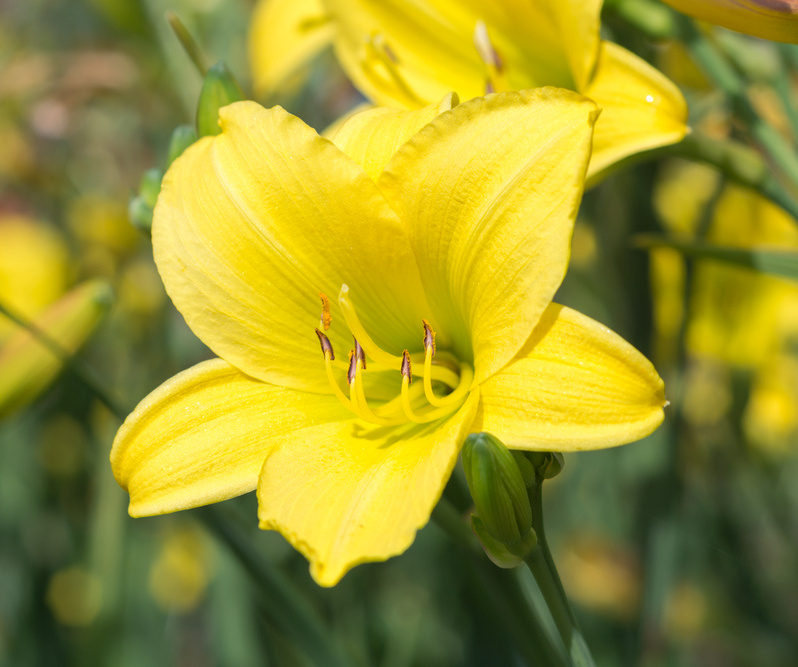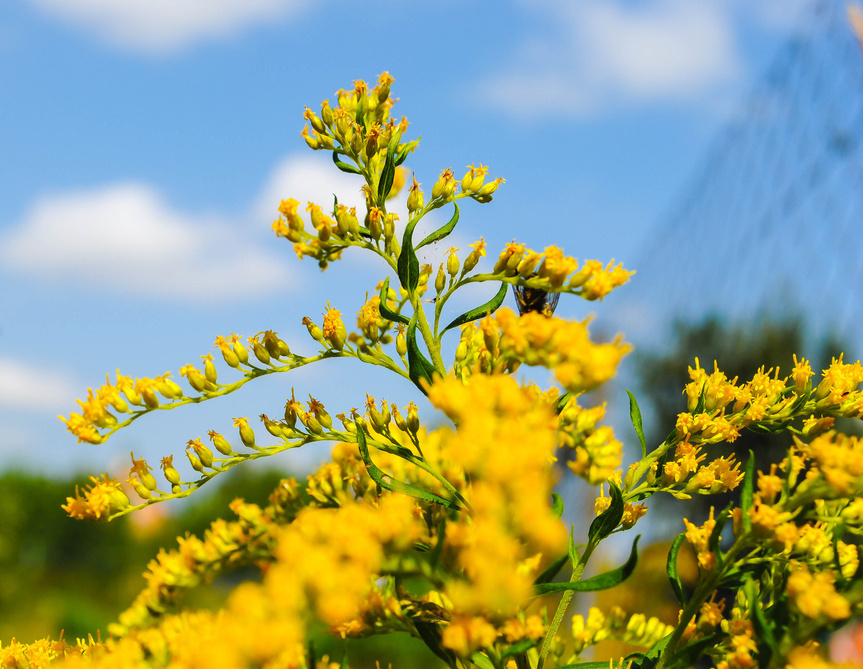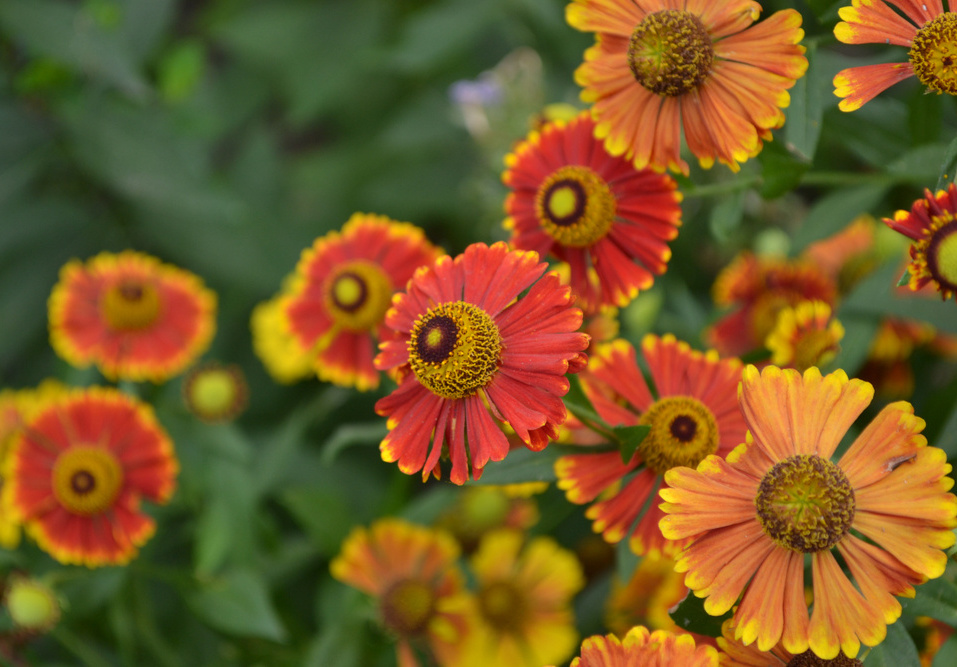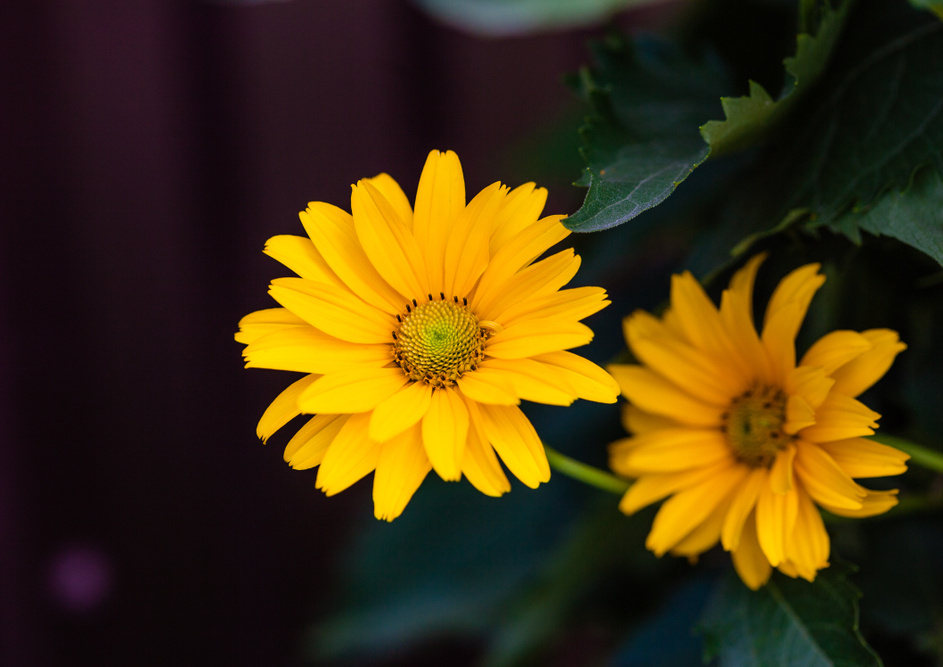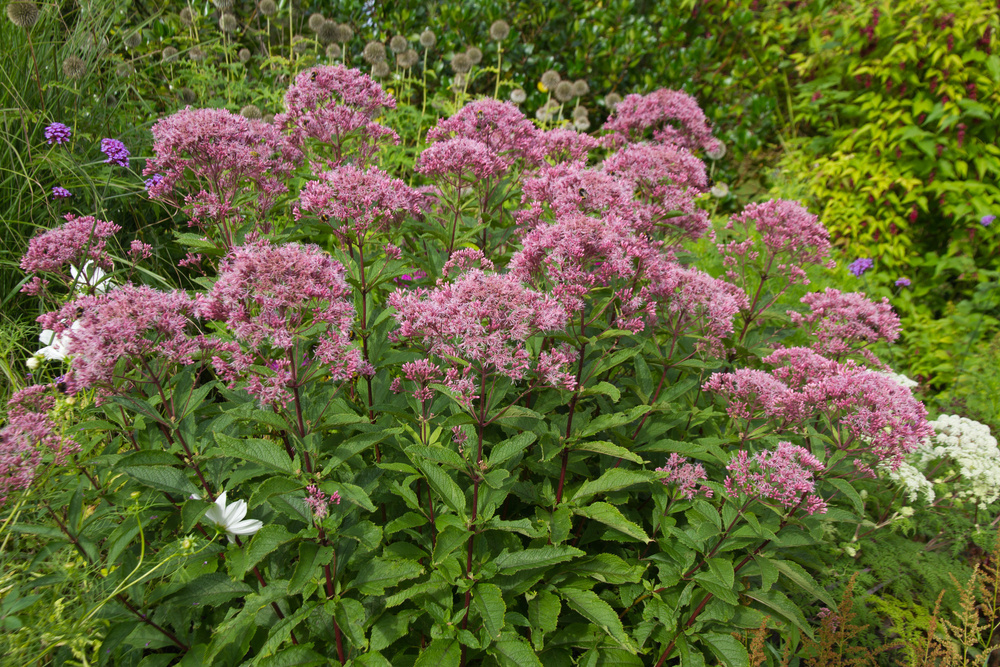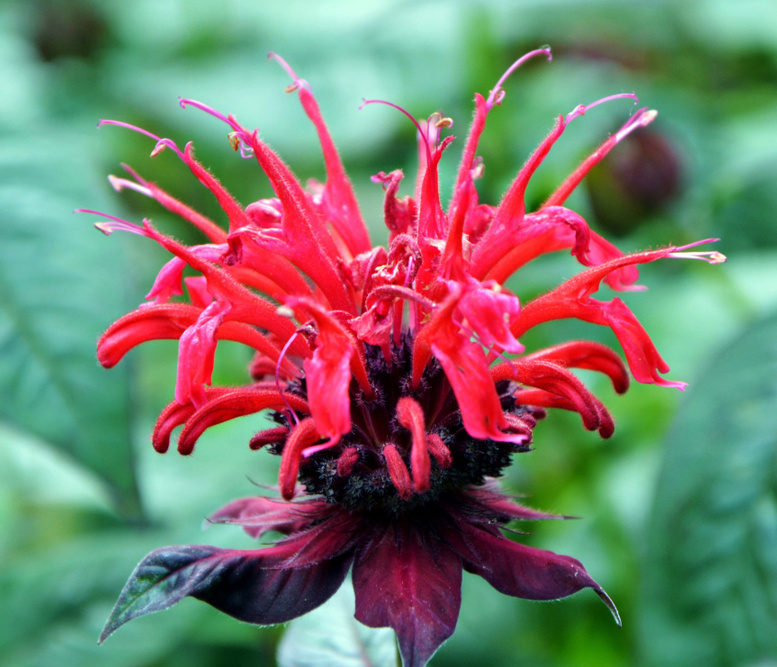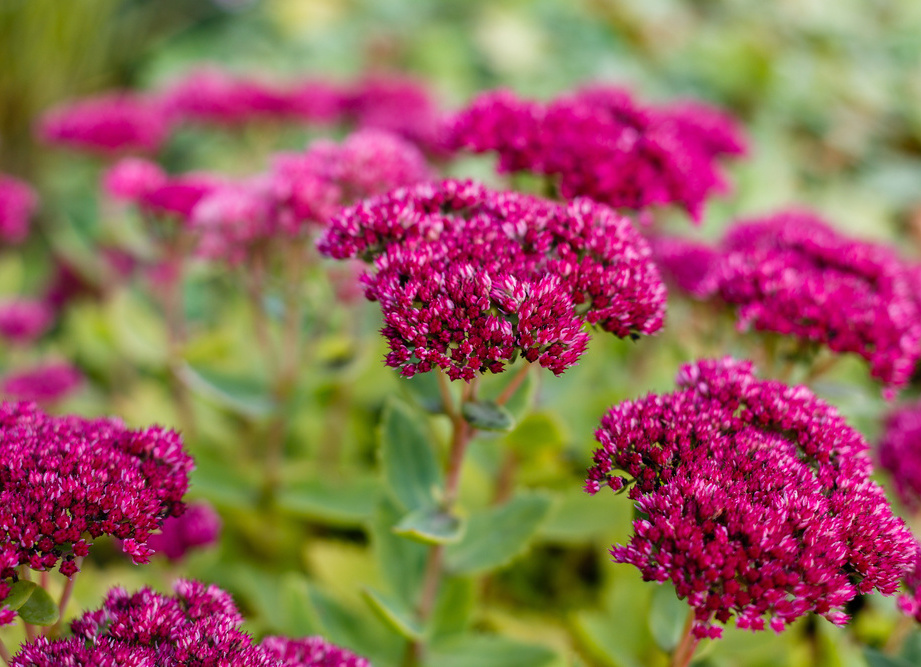In late summer and early fall, you can perk up the color in your garden with these late bloomers:
1. Daylilies, or hemerocallis, come into bloom at different times of year, but if you choose a late-blooming variety, the flowers will last into September. Daylilies are a tough, easy-to-grow and beautiful plant.
2. Goldenrod (solidago) has a bad reputation because people think it makes them sneeze. It is actually the less showy, wind-pollinated ragweed that causes the problem. Goldenrod is brightly colored and good for pollinators. It spreads quickly and self-seeds – so many gardeners consider it a weed.
3. Helenium, with the common name sneezeweed, is native to America but not to New England. It grows 3 to 5 feet tall and comes in a range of colors from yellow to red.
4. Helianthus divaricatus is a native that my wife, Nancy, and I grow on the edge of our vegetable garden. It reaches 5 feet tall and has bright yellow flowers that are 2 inches across. It will take full sun, but also grows in part shade, as its common name – woodland sunflower – implies. Native to New England, Helianthus divaricatus is a magnet for bees. “Lemon Queen” is the most commonly available cultivar.
5. Joe Pye weed, formerly Eupatorium maculatum and now Eutrochium, is a striking native, growing up to 8 feet tall with huge but airy purple blooms and easy to grow. In a formal garden, it will take over nearby plants if not kept in check.
6. Monarda, or bee balm, has bright flowers. Reds are most reliable but it also comes in white, pink and purple. The flowers attract both bees and butterflies.
7. Sedum, especially the tall sedums (S. Sieboldii and S. spectabile), have long-lasting pink to red blossoms with attractive fleshy foliage. They are low-maintenance and long-lasting.
– TOM ATWELL
Send questions/comments to the editors.

